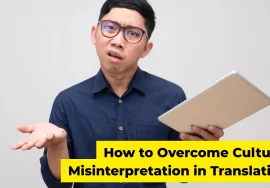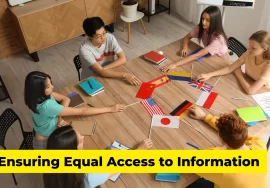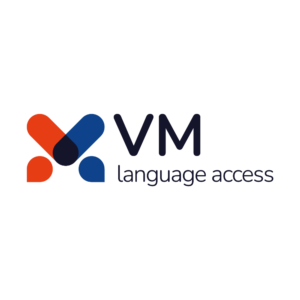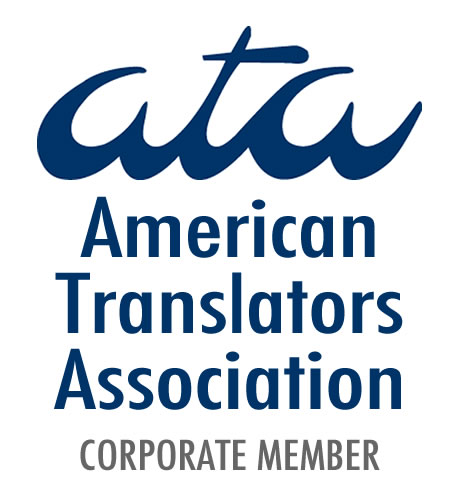
How to Maximize Your Language Access Budget While Ensuring Full Title VI Compliance
As a procurement manager in a state institution, you face a constant balancing act: delivering top-tier language services while stretching every dollar to meet budget constraints. Language access isn’t optional—it’s a civil right mandated under Title VI of the Civil Rights Act. So how do you strike the right balance between fiscal responsibility and legal compliance? This article dives deep into how to optimize your language access budget, secure cost-effective language services, and maintain full Title VI compliance—all while working smarter.
Understanding Title VI and Language Access Requirements
What Is Title VI of the Civil Rights Act?
Title VI ensures that any agency, program, or activity receiving federal funding cannot discriminate based on national origin. Practically speaking, this means agencies must remove language barriers for individuals with limited English proficiency (LEP).
Who Is Covered Under Title VI?
Anyone who interacts with your institution—from patients and students to public benefits applicants and community members—is covered if they don’t speak fluent English. Their citizenship status doesn’t matter; the focus is on ensuring everyone can receive information in a language they understand.
What Are the Language Access Requirements for State Institutions?
Compliance includes providing verbal interpretation and written translation of vital documents, including signage, notifications, forms, and consent materials. Institutions must assess LEP needs, offer multilingual support, maintain documentation, and ensure accuracy and cultural appropriateness.
The Real Cost of Non-Compliance
Legal and Financial Risks
Non-compliance can result in civil rights complaints, lawsuits, and even withdrawal of federal funding. Even smaller legal actions can cost tens of thousands in penalties and associated legal fees.
Reputational Damage
Word travels fast. If community members feel underserved or excluded, public trust erodes—and rebuilding that trust is both time-consuming and expensive.
The Impact on Public Trust and Service Delivery
Language gaps can lead to misunderstandings, mismanaged services, missed appointments, or miscommunication of vital information. This not only triggers inefficiencies but undermines the institution’s mission.
Common Budget Challenges for Language Services in State Institutions
Limited Annual Budgets
Allocating only a small fraction of the total budget to language services often fails to meet rising demand.
Rising Demand for Interpretation and Translation
Immigration, demographic shifts, emergency communication, and expanding service offerings increase pressure on language access budgets.
Staffing and Resource Constraints
Hiring full-time bilingual staff rarely addresses the full scope of language needs, especially when specialized interpreters are required for medical or legal contexts.
Cost-Effective Strategies to Optimize Your Language Access Budget
Prioritize Services Based on Community Needs (LEP Analysis)
Review census data and service usage trends to pinpoint LEP language groups. Prioritize services for the most common languages while offering scalable support for less common requests.
Use On-Demand Services Instead of In-House Staff for Intermittent Needs
On-site interpreters are expensive. Use remote or phone interpreting for infrequent needs to reduce overhead and avoid staffing inflexibility.
Bundle Services and Request Volume Discounts
Negotiate bulk pricing with vendors based on anticipated usage. Bundling translation, interpretation, and cultural consulting in one contract can yield significant savings.
Implement a Centralized Language Access Policy Across Departments
Unifying language access efforts reduces duplicate contracts, streamlines vendor management, and gives you leverage for volume pricing.
Invest in Scalable Vendor Partnerships
Partner with providers who offer quick scaling during peak demand (e.g. emergencies) so you don’t pay for unused capacity during low periods.
How to Vet Language Service Providers for Title VI Compliance
Certifications, Experience, and Sector Specialization
Choose vendors with experience in government, healthcare, education, or legal services. Certifications (like ATA accreditation, ISO 17100) are strong indicators of quality and accuracy.
Availability of Qualified Interpreters in Legal, Medical, and Educational Contexts
Ensure your provider can supply certified interpreters for high-stakes situations—such as court hearings or medical consultations—rather than just conversational interpreters.
Clear Documentation and Record-Keeping for Audits
Look for providers who offer detailed usage logs, invoices, and service-level reporting. This helps your institution compile Title VI compliance documentation efficiently.
Adherence to Cultural and Linguistic Appropriateness Standards
Compliance isn’t merely about literal translation—it’s about cultural sensitivity. Your vendor should understand idiomatic nuances and cultural context to ensure accurate, respectful communication.
How VM Language Access Helps You Stretch Your Budget and Stay Compliant
Tailored Packages and Sliding-Scale Pricing
VMLA offers scalable language access packages that can be customized to your institution’s demographics and service usage. You pay only for what you need—no frills.
Discounts for Multi-Service Contracts and Long-Term Engagements
VMLA provides volume-based discounts across translation, interpretation, and localization services. Multi-year agreements may unlock deeper savings.
Expertise in Title VI Compliance Documentation
VM Language Access provides template language access plans, LEP analysis tools, and audit-ready logs to help procurement teams satisfy federal compliance at minimal extra cost.
Fast Response Times and Scalable Solutions
Need an unexpected interpreter in a rare language during an emergency? VMLA’s network scales on demand—no waiting weeks or paying full-time staffing costs.
Transparent Billing and Reporting Tools for Procurement Teams
Clear, itemized billing by service type, language, and department helps finance teams quickly analyze costs, audit service usage, and forecast next year’s allocation.
Tips for Building a Language Access Plan That Saves Money and Protects Civil Rights
Assessing LEP Populations Regularly
Update your LEP needs analysis annually. This ensures you allocate budget where it’s needed and adapt as demographics shift.
Training Frontline Staff to Use Language Services Efficiently
Avoid unnecessary costs by training employees on when and how to request language assistance. They should know to schedule interpreters for appointments—not rely on ad-hoc or informal arrangements.
Using Data to Forecast Demand and Avoid Overuse
Track interpretation and translation usage trends per department, language, or service type. This helps identify overuse or underuse, saving money and improving planning.
Aligning Services with Community Engagement Goals
Use language access data to support funding proposals, demonstrating both cost-efficiency and community impact to political or financial stakeholders.
Combining Procurement Strategy and Civil Rights Goals
Your goal isn’t just to purchase services—it’s to protect civil rights, serve diverse communities, and do so within budget. Procurement decisions have a ripple effect. When you pick wisely, you strengthen institutional reputation and human impact at scale.
Balancing language access budget constraints with the responsibility to uphold Title VI compliance is a critical task—and entirely achievable with the right approach. Tools like data-driven planning, centralized policy, scalable vendor relationships, and strategic negotiation turn what seems expensive into a long-term investment in equity, efficiency, and trust.
At VM Language Access, we’re committed to helping procurement managers like you achieve maximum value and compliance. If you’re ready to build a smarter, more sustainable language access strategy that protects civil rights and your bottom line, let’s talk.











